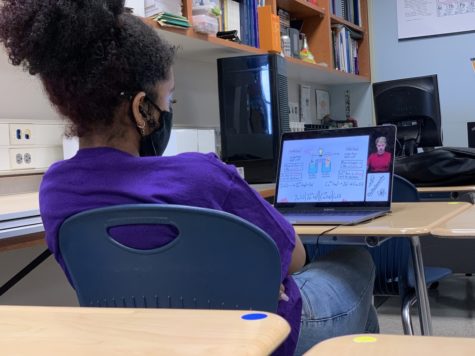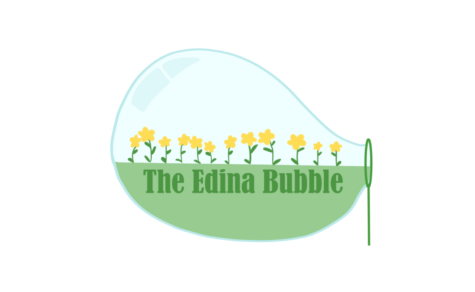Prioritize your students over saving your paper
November 18, 2019
In a misguided attempt to save the school district a few pennies and the Earth from warming a few fractions of a degree, teachers add the threatening message “DO NOT WRITE ON THIS TEST” to their assessments. Despite the seemingly good intentions of saving paper, this restriction prevents students from excelling on their tests. Although not all teachers forbid students from writing on tests, enough do to incite concern.
In middle school, students were taught to use test-taking strategies, including annotating the questions, highlighting, and crossing out incorrect answers. An article from Utah State University titled “Test Taking Tips” encourages its students to underline important parts of questions, write ideas in the margins of tests, and utilize scratch paper as a “brain-dump.” However, most of these techniques require writing on the test, which some teachers do not allow.
At Edina High School, it seems that teachers prevent students from writing on their tests so that they can be reused by the following classes, completely disregarding advice from experts. In the context of EHS’ other environmentally harmful and economically irresponsible practices, such as selling plastic water bottles in the cafeteria and buying expensive TVs, the paper used for tests is a trivial issue. While reusing tests will ultimately save paper, having both economic and environmental advantages, the harm it does to students outweighs the positives.
Other teachers have adopted creative and effective ways to save paper in regards to test-taking. For example, the physics department uses laminated bubble sheets and provides students with a dry-erase marker to mark answers. After tests are scanned and graded on Mastery Connect, a website focused on test records, the answer sheets are erased and ready to be used again by the next class.
Not only does this method of grading and administering tests save paper while still allowing students to write on the actual test, it also provides additional benefits for students. By using Mastery Connect for grading, students can return to the assessment online, instantly see their scores, and review specific topics of concern. By opting to use standard printer paper for answer sheets and a laptop for grading, rather than specialty scantron forms and scanners, the school will save money.
Alternatively, the use of completely online assessments drastically reduces the waste of paper and the cost of supplying it. However, in order to maintain test-taking strategies, online assessments should be used as answer sheets, in tandem with paper test booklets.
By using a combination of the previously mentioned assessment methods, EHS can, as a whole, maximize the advantages of each system for the benefit of teachers and their students. Opting to use these more effective methods also promotes economic and environmental consciousness while maintaining student well-being, much more than a message reading “DO NOT WRITE ON THIS TEST” ever could.









